-
 Bitcoin
Bitcoin $107,341.7259
0.15% -
 Ethereum
Ethereum $2,438.6204
0.70% -
 Tether USDt
Tether USDt $1.0003
-0.02% -
 XRP
XRP $2.1866
1.94% -
 BNB
BNB $649.0952
0.36% -
 Solana
Solana $150.9602
5.63% -
 USDC
USDC $0.9999
0.00% -
 TRON
TRON $0.2742
0.40% -
 Dogecoin
Dogecoin $0.1645
1.93% -
 Cardano
Cardano $0.5669
1.18% -
 Hyperliquid
Hyperliquid $37.8286
4.19% -
 Bitcoin Cash
Bitcoin Cash $491.4669
-2.74% -
 Sui
Sui $2.8150
3.06% -
 Chainlink
Chainlink $13.4184
2.91% -
 UNUS SED LEO
UNUS SED LEO $9.0809
0.27% -
 Avalanche
Avalanche $18.0295
2.60% -
 Stellar
Stellar $0.2396
1.19% -
 Toncoin
Toncoin $2.8587
0.13% -
 Shiba Inu
Shiba Inu $0.0...01160
2.59% -
 Litecoin
Litecoin $86.4192
1.45% -
 Hedera
Hedera $0.1486
1.19% -
 Monero
Monero $308.4324
0.87% -
 Polkadot
Polkadot $3.4202
1.43% -
 Bitget Token
Bitget Token $4.6436
-0.34% -
 Dai
Dai $0.9998
-0.02% -
 Ethena USDe
Ethena USDe $1.0002
0.00% -
 Uniswap
Uniswap $7.1527
3.29% -
 Pi
Pi $0.5357
-8.45% -
 Pepe
Pepe $0.0...09588
4.61% -
 Aave
Aave $259.9759
0.81%
What is Terra?
Terra's algorithmic stablecoin, UST, collapsed in 2022, dragging Luna down with it, due to a loss of confidence and algorithmic flaws, impacting the broader crypto market and raising concerns about the stability of similar projects.
Mar 11, 2025 at 10:26 pm

Key Points:
- Terra's history, its initial design, and its evolution.
- The role of the TerraUSD (UST) stablecoin and its algorithmic mechanism.
- The Luna token's function in maintaining UST's peg to the US dollar.
- The collapse of Terra and the contributing factors.
- The impact of the collapse on the broader cryptocurrency market.
- Post-collapse developments and the future of Terra.
What is Terra?
Terra was a blockchain platform designed to create a decentralized financial ecosystem. It aimed to provide a bridge between fiat currencies and cryptocurrencies, focusing on stability and usability. The project was ambitious, attempting to solve some of the inherent volatility issues within the cryptocurrency market through its innovative stablecoin, TerraUSD (UST). Initially, it gained significant traction and attracted considerable investment, but its story ultimately ended in a dramatic and highly publicized collapse.
The TerraUSD (UST) Stablecoin:
TerraUSD (UST) was an algorithmic stablecoin, meaning its value was intended to be pegged to the US dollar through an algorithm and market mechanisms, rather than being backed by reserves of fiat currency or other assets like some other stablecoins. This algorithmic mechanism relied heavily on the interplay between UST and its sister token, Luna. If UST's price fell below $1, users could exchange 1 UST for $1 worth of Luna, theoretically increasing demand for Luna and reducing the supply of UST, pushing the price back up. Conversely, if UST rose above $1, users could exchange $1 worth of Luna for 1 UST.
The Role of Luna:
Luna was the governance token of the Terra blockchain. Its primary function was to maintain the peg of UST to the US dollar. The Luna token played a crucial role in the algorithmic mechanism designed to keep UST's price stable. Essentially, it acted as a buffer, absorbing fluctuations in UST's value. The supply of Luna would adjust based on the demand to maintain the UST peg. This intricate relationship between UST and Luna was the core of Terra's design and, ultimately, its downfall.
The Collapse of Terra:
The Terra ecosystem experienced a catastrophic collapse in May 2022. Several factors contributed to this event, including a loss of confidence in the system, significant sell-offs of UST, and the subsequent crash of Luna. The initial trigger is still debated, but a combination of market volatility, potential attacks on the UST peg, and possibly algorithmic weaknesses led to a death spiral where the price of UST plummeted, dragging Luna down with it. This resulted in billions of dollars in losses for investors.
The Impact on the Crypto Market:
The Terra collapse sent shockwaves through the broader cryptocurrency market. It highlighted the risks associated with algorithmic stablecoins and raised concerns about the stability of the entire crypto ecosystem. The event led to increased regulatory scrutiny of the industry and a period of significant market volatility. Many investors lost faith in certain projects, leading to a general downturn in market capitalization.
Post-Collapse Developments:
Following the collapse, there have been numerous discussions and investigations into the causes and consequences of the Terra ecosystem failure. Do Kwon, the founder of Terraform Labs, the company behind Terra, faced legal challenges and investigations in multiple jurisdictions. Several attempts have been made to revive the Terra blockchain, but these have faced significant obstacles and skepticism from the community. The future of any potential resurrected Terra project remains uncertain.
How did Terra's algorithmic stablecoin differ from other stablecoins?
Unlike stablecoins backed by reserves of fiat currency or other assets, TerraUSD (UST) was an algorithmic stablecoin. Its value was supposed to be maintained by a complex algorithm and the interplay with the Luna token, rather than collateralization.
What was the role of the Luna token in the Terra ecosystem?
Luna served as the governance token of the Terra blockchain and was crucial in maintaining UST's peg to the US dollar. It acted as a buffer, absorbing fluctuations in UST's price through a complex arbitrage mechanism.
What caused the collapse of the Terra ecosystem?
The collapse was likely due to a confluence of factors, including a loss of confidence in the system, significant sell-offs of UST, and potential weaknesses in the algorithmic mechanism designed to maintain UST's peg. The exact trigger remains a subject of debate and investigation.
What was the impact of the Terra collapse on the broader cryptocurrency market?
The collapse significantly impacted the broader cryptocurrency market, causing increased volatility, regulatory scrutiny, and a general loss of investor confidence. It highlighted the risks associated with algorithmic stablecoins and spurred discussions about the stability and regulation of the crypto ecosystem.
What happened to Do Kwon, the founder of Terraform Labs?
Following the collapse, Do Kwon faced legal challenges and investigations in multiple jurisdictions related to the Terra ecosystem's failure and potential fraud. His whereabouts and the legal proceedings against him remain ongoing.
What are the long-term implications of the Terra collapse?
The long-term implications are still unfolding. The collapse raised significant concerns about the risks of algorithmic stablecoins and the need for greater transparency and regulation within the cryptocurrency industry. It may also lead to a shift in investor preferences towards more established and regulated stablecoins. The event serves as a cautionary tale about the inherent risks associated with innovative, yet untested, financial technologies.
Disclaimer:info@kdj.com
The information provided is not trading advice. kdj.com does not assume any responsibility for any investments made based on the information provided in this article. Cryptocurrencies are highly volatile and it is highly recommended that you invest with caution after thorough research!
If you believe that the content used on this website infringes your copyright, please contact us immediately (info@kdj.com) and we will delete it promptly.
- BONK Price Prediction: Is the Meme Coin Ready to Pop?
- 2025-06-29 14:30:12
- Bitcoin Funding Rates, Short Squeeze, and the Price Decline: A Perfect Storm?
- 2025-06-29 14:50:12
- Bitcoin Cash (BCH): Explosive Move or False Dawn?
- 2025-06-29 15:10:12
- Chainlink, Lightchain AI, and Presale Hype: What's Real?
- 2025-06-29 15:10:12
- Pi Coin Price Prediction Today: Navigating Uncertainty
- 2025-06-29 14:55:12
- Meme Coins: Buy Now, Hold Forever? (Maybe)
- 2025-06-29 14:30:12
Related knowledge
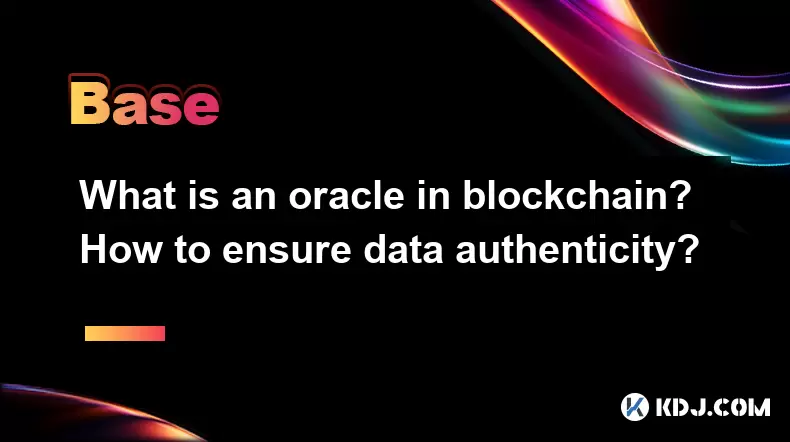
What is an oracle in blockchain? How to ensure data authenticity?
Jun 19,2025 at 08:49pm
Understanding the Role of an Oracle in BlockchainIn the context of blockchain technology, an oracle serves as a bridge between the blockchain and external data sources. While blockchains are inherently secure and decentralized, they cannot access real-world information on their own. Oracles enable smart contracts to interact with off-chain data such as ...
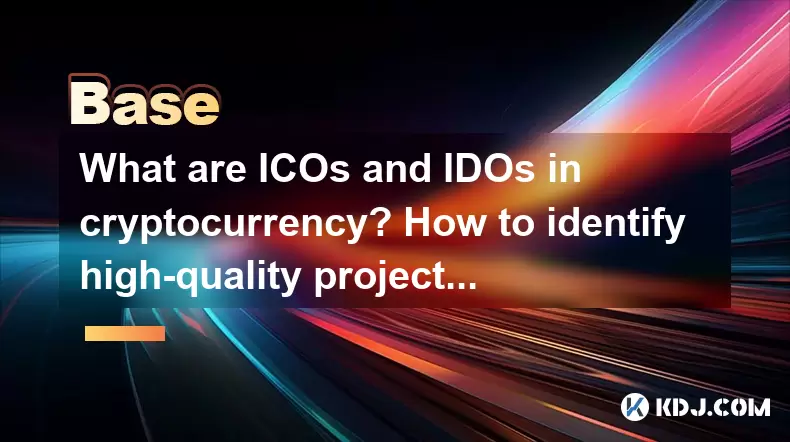
What are ICOs and IDOs in cryptocurrency? How to identify high-quality projects?
Jun 22,2025 at 11:49am
Understanding ICOs in CryptocurrencyInitial Coin Offerings (ICOs) are fundraising mechanisms used by cryptocurrency startups to raise capital for their projects. In an ICO, a company creates and sells its own tokens to investors in exchange for established cryptocurrencies like Bitcoin or Ethereum. The process typically involves the release of a whitepa...
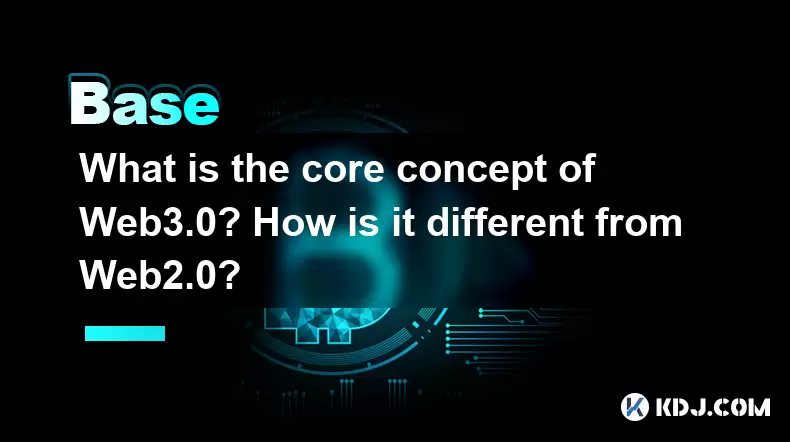
What is the core concept of Web3.0? How is it different from Web2.0?
Jun 21,2025 at 05:56pm
Decentralization as the Foundation of Web3.0The core concept of Web3.0 revolves around decentralization, which fundamentally challenges the centralized architecture of Web2.0. In Web3.0, control and ownership are distributed across a network rather than being held by a central authority or corporation. This is achieved primarily through blockchain techn...
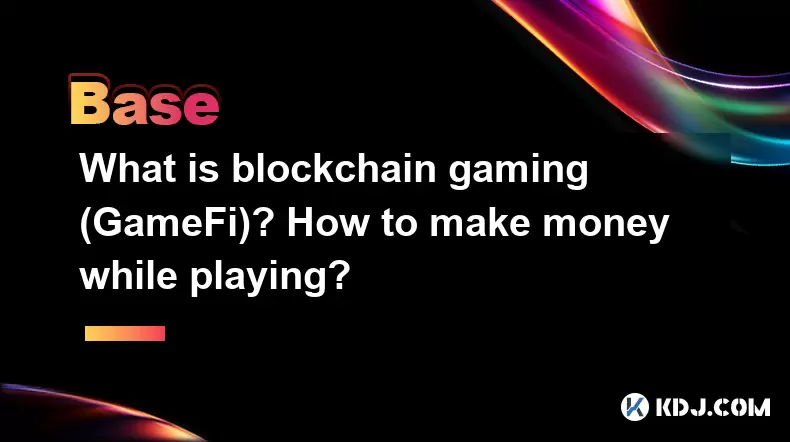
What is blockchain gaming (GameFi)? How to make money while playing?
Jun 20,2025 at 07:56am
Understanding Blockchain Gaming (GameFi)Blockchain gaming, often referred to as GameFi, is a fusion of blockchain technology and video games. It enables players to own in-game assets through non-fungible tokens (NFTs) and earn rewards via cryptocurrencies or token-based systems. Unlike traditional games where items are controlled by centralized develope...
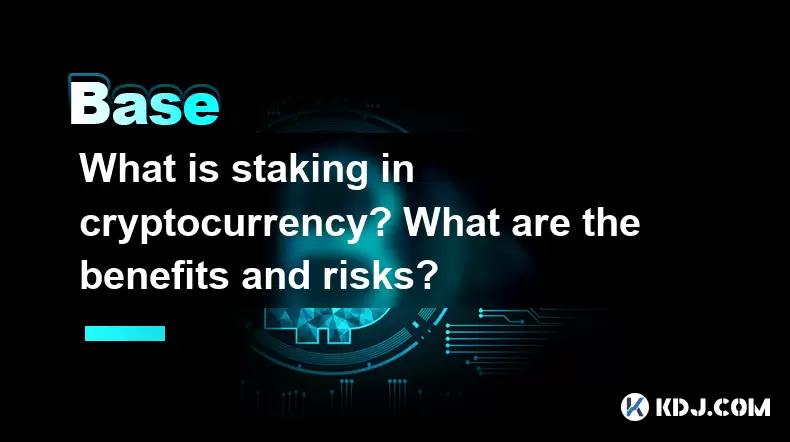
What is staking in cryptocurrency? What are the benefits and risks?
Jun 22,2025 at 10:01am
Understanding the Concept of Staking in CryptocurrencyStaking in cryptocurrency refers to the process of actively participating in transaction validation on a blockchain network that uses a Proof-of-Stake (PoS) consensus mechanism. Instead of miners competing to solve complex mathematical puzzles as in Proof-of-Work systems like Bitcoin, PoS blockchains...
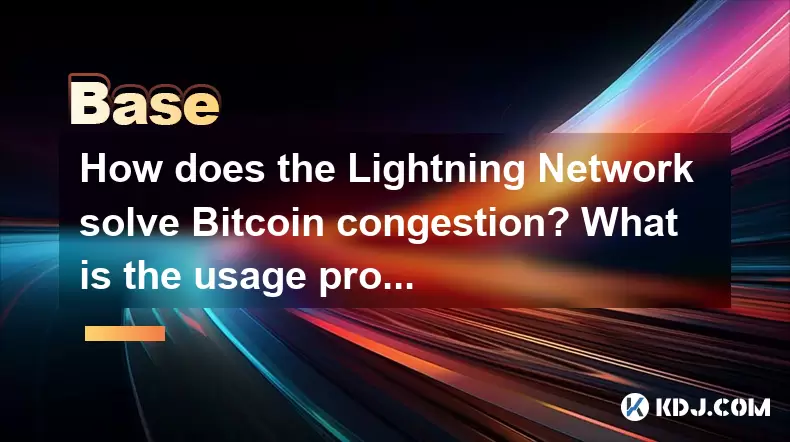
How does the Lightning Network solve Bitcoin congestion? What is the usage process?
Jun 23,2025 at 06:21pm
Understanding Bitcoin Network CongestionBitcoin, as a decentralized digital currency, operates on a blockchain that records every transaction in a public ledger. Each block has a limited size, typically 1 megabyte, which allows for only a certain number of transactions per second (TPS). When the number of transactions increases, the network becomes cong...

What is an oracle in blockchain? How to ensure data authenticity?
Jun 19,2025 at 08:49pm
Understanding the Role of an Oracle in BlockchainIn the context of blockchain technology, an oracle serves as a bridge between the blockchain and external data sources. While blockchains are inherently secure and decentralized, they cannot access real-world information on their own. Oracles enable smart contracts to interact with off-chain data such as ...

What are ICOs and IDOs in cryptocurrency? How to identify high-quality projects?
Jun 22,2025 at 11:49am
Understanding ICOs in CryptocurrencyInitial Coin Offerings (ICOs) are fundraising mechanisms used by cryptocurrency startups to raise capital for their projects. In an ICO, a company creates and sells its own tokens to investors in exchange for established cryptocurrencies like Bitcoin or Ethereum. The process typically involves the release of a whitepa...

What is the core concept of Web3.0? How is it different from Web2.0?
Jun 21,2025 at 05:56pm
Decentralization as the Foundation of Web3.0The core concept of Web3.0 revolves around decentralization, which fundamentally challenges the centralized architecture of Web2.0. In Web3.0, control and ownership are distributed across a network rather than being held by a central authority or corporation. This is achieved primarily through blockchain techn...

What is blockchain gaming (GameFi)? How to make money while playing?
Jun 20,2025 at 07:56am
Understanding Blockchain Gaming (GameFi)Blockchain gaming, often referred to as GameFi, is a fusion of blockchain technology and video games. It enables players to own in-game assets through non-fungible tokens (NFTs) and earn rewards via cryptocurrencies or token-based systems. Unlike traditional games where items are controlled by centralized develope...

What is staking in cryptocurrency? What are the benefits and risks?
Jun 22,2025 at 10:01am
Understanding the Concept of Staking in CryptocurrencyStaking in cryptocurrency refers to the process of actively participating in transaction validation on a blockchain network that uses a Proof-of-Stake (PoS) consensus mechanism. Instead of miners competing to solve complex mathematical puzzles as in Proof-of-Work systems like Bitcoin, PoS blockchains...

How does the Lightning Network solve Bitcoin congestion? What is the usage process?
Jun 23,2025 at 06:21pm
Understanding Bitcoin Network CongestionBitcoin, as a decentralized digital currency, operates on a blockchain that records every transaction in a public ledger. Each block has a limited size, typically 1 megabyte, which allows for only a certain number of transactions per second (TPS). When the number of transactions increases, the network becomes cong...
See all articles

























































































